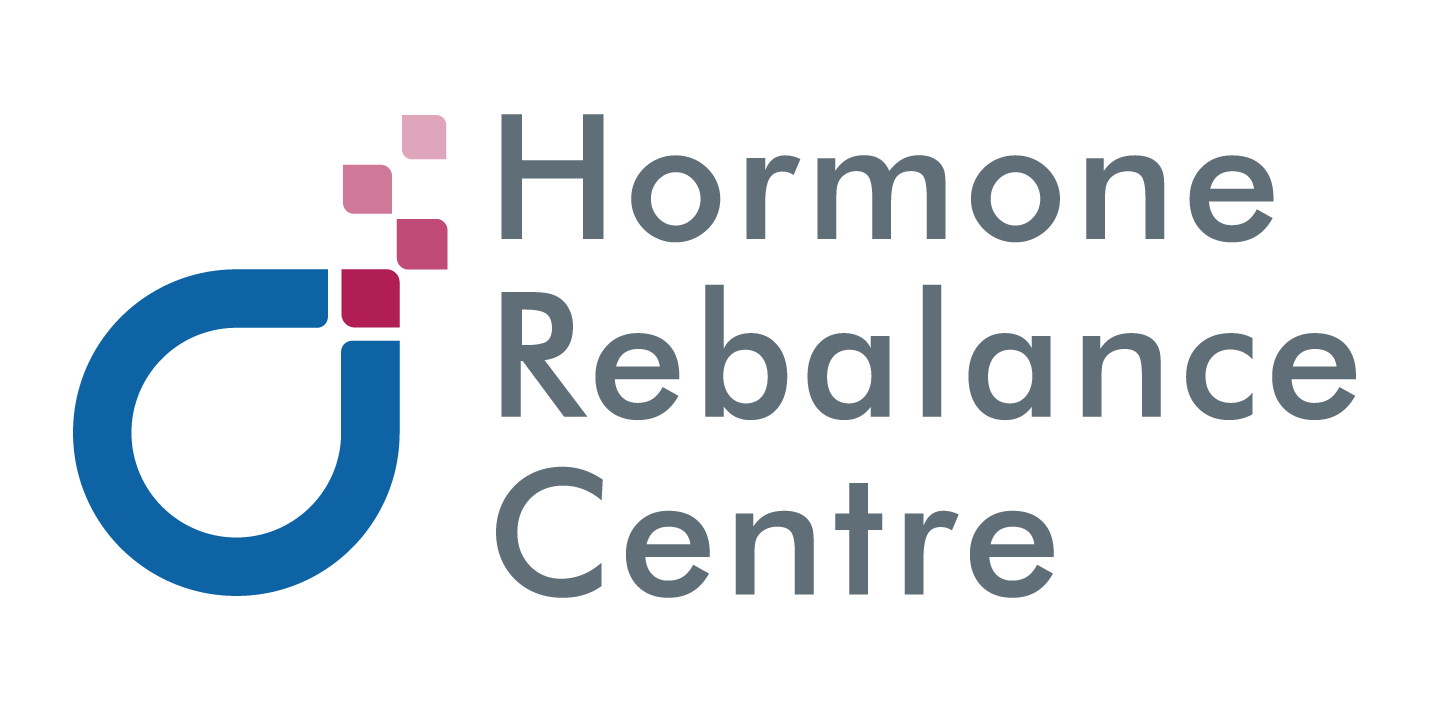Now, more than ever, women of all ages struggle with hormonal imbalance. Some have learned to live with it and unfortunately accept it as their “norm” or as a “gift” from Mother Nature for being a woman. For some, it’s no big deal (which is great!) but some women truly suffer and experience a notable impact on their quality of life.
If it’s PMS you are struggling with, that’s at least 1-2 weeks of every month! For years!! That is not to be taken lightly. If menopause or peri-menopause is your concern, that too is a period that can last up to 10-15 years! There is really no need to suffer silently and unnecessarily. There are many natural solutions to help balance your hormones and give you some relief.
It’s important to understand that cyclical changes and hormonal fluctuations are entirely normal, natural and in fact desired; but higher or lower than normal production of hormones for your age, is not.
Many women first turn to Dr. Google, their girlfriends or the health food store in hopes of finding some supplement to relieve their symptoms. However, despite the best of intentions to do some self-care and fix the problem, how do you really know what imbalances are you trying to treat??
Hormones are tricky. Sometimes the symptoms of a hormone being too high or too low can be the same. It could also be an entirely another hormone that’s contributing to your symptoms, or simply an imbalance between a few hormones combined.
For example, cyclical headaches, irregular periods and depression or mood swings can be signs of either too much or too little estrogen. The same symptoms can also be due to progesterone deficiency. Vaginal dryness, loss of sex drive and fatigue could also be symptoms of low testosterone, low progesterone or low estrogen. So how do you know which one you have?
Knowing the specific level of each hormone in the system is only half the picture, it’s also very important to understand the levels of hormones relative to one another.
For example, women struggling with heavy, painful periods and/or fibroids could be commonly thought to have “Estrogen Dominance” (high estrogen). However, upon testing, at least three different imbalances may show up and despite these all presenting with the same symptoms, the course of treatment would be different for each:
- High estrogen, normal progesterone (treatment should be to detoxify of estrogen)
- High estrogen, low progesterone (treatment should be to detoxify of estrogen AND boost progesterone)
- Normal estrogen, low progesterone, presenting as a relative estrogen dominance (treatment should only be to boost progesterone)
Unfortunately, unless you are actually testing your exact levels, all you (or your practitioner) are doing is giving your best-educated guess. This is not to say you won’t see improvement in your symptoms, but it’s also not a targeted way to get long-term resolution. Testing also allows you to better assess how aggressive you should be with a certain therapy and for how long you should take it.
What is unfortunate is that the conventional treatment for many hormonal concerns (for menstruating women) is typically some form of birth control. This not only masks the true underlying cause of your symptoms, but it follows a one-size fits all approach, can have many side-effects and may lead to more hormonal challenges down the road. Unless you are truly taking it for the sake of pregnancy prevention, I would advise against taking synthetic hormones that simply shut down your natural hormone production and instead encourage you to correct the imbalances you have.
It’s also important to note that there are several ways to test for hormones. While testing through blood is fairly easy and is covered by OHIP, it has its limitations. Serum (blood) hormones generally reflect TOTAL hormones circulating, without separating how much is in its bound form (that may not be readily available to the tissues). Blood testing also does not assess for hormone metabolites, which are byproducts of estrogens, progesterone, testosterone and cortisol and are a reflection of how the body metabolizes and excretes of these hormones.
Understanding both the total hormone production of your various hormones, along with how the body actually breaks them down and makes use of them, allows us to see exactly where certain metabolic systems and pathways are over or under functioning. This is something that can only be assessed in urine hormone testing, as this method of testing allows to check for 50+ hormone markers and get very individualized information about the body.
While these tests are not covered by OHIP (as they done by labs in the U.S.), in the long run you will be saving more money, time and headaches by avoiding unnecessary or even inappropriate supplements or medications. By opting for a more individualized approach, you will be targeting your exact hormonal imbalances and are a lot more likely to get a faster resolution of symptoms.
Learn more about our proven approach to testing and correcting hormonal imbalances through our Hormone Rebalance Program. We’ve helped hundreds of women get a clear picture of their hormonal and metabolic functioning and helped them correct it in a personalized and targetted way. No woman should suffer unnecessarily.

Pingback:Got High Estrogen? Here is what to do about it! – Hormone Rebalance
Pingback:Feeling like your periods and PMS are out of control? You may have PMDD (Premenstrual Dysmorphic Disorder) – Hormone Rebalance
Omgosh, thank you so much. I am so excited to be a patient. I have had no success with getting the doctors onboard. I’m so glad there are others out there that understand how cruel it is to allow women to suffer needlessly.